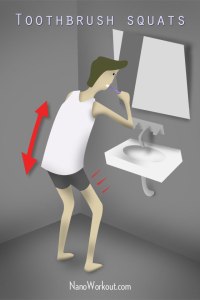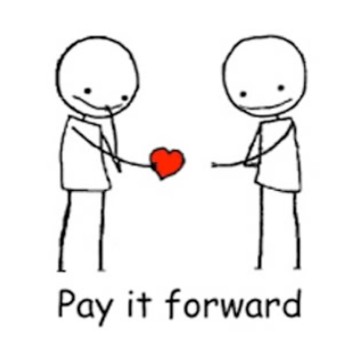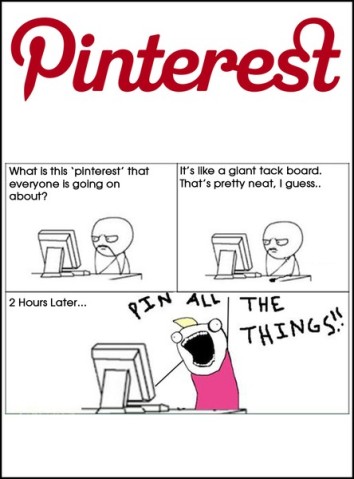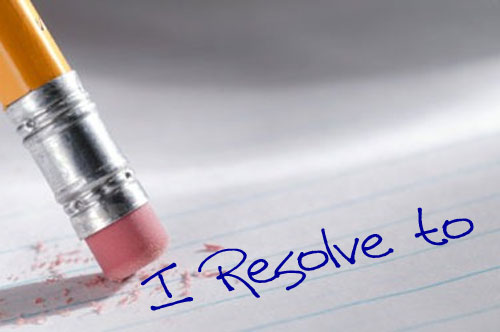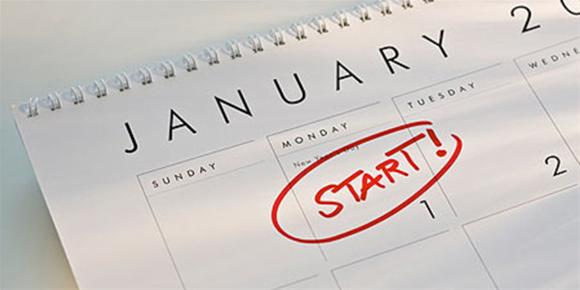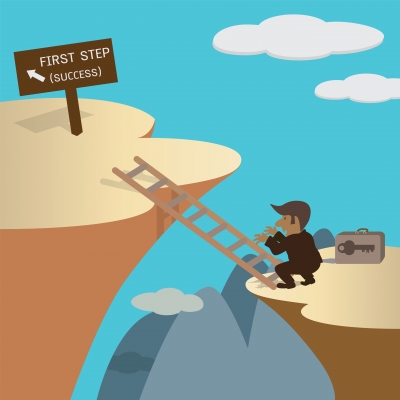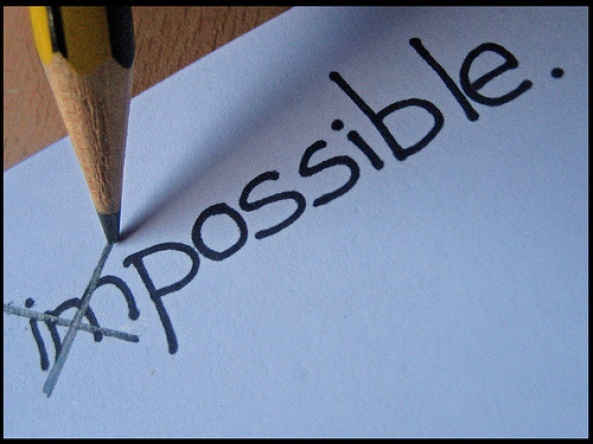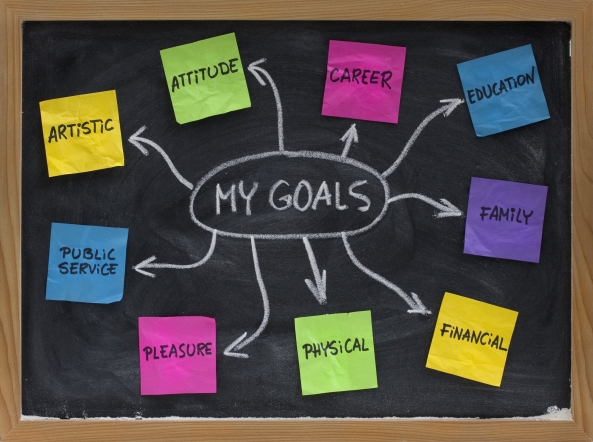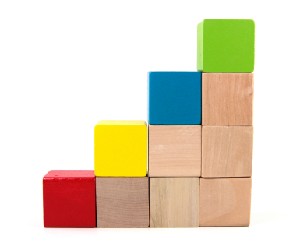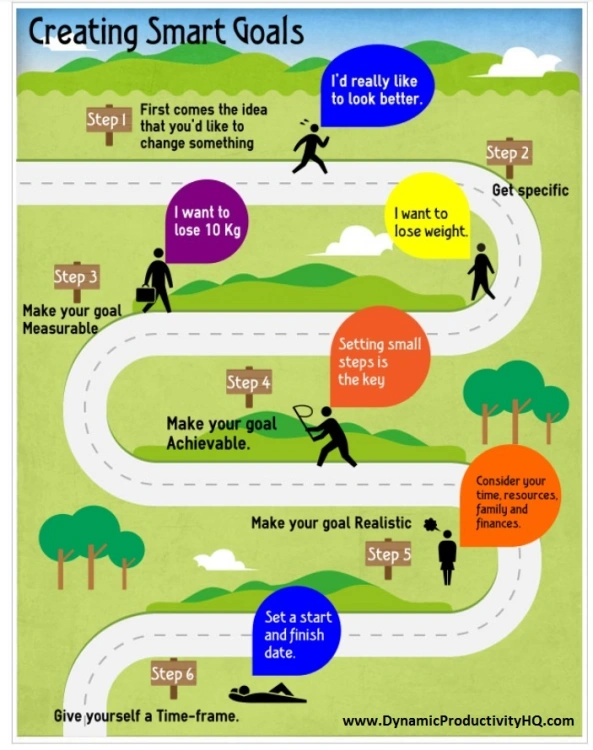If you were to ask my nearest and dearest to describe me, I’d be surprised if “organised” wasn’t a word that appeared quite frequently. I’m forever writing lists to keep myself on track. I used to scribble notes on anything that was close to hand – a scrap of paper, a white board, the back of an envelope… In fact, I still sometimes come across old letters and things with ‘to do’ lists scrawled on them.
Recently, I’ve ratcheted it up another notch, by trying to keep everything in one place. (I say “trying” because I use both digital and paper calendars and ‘to do’ lists.) It’s still a work in progress but, today, I’d like to share how I keep myself and my family organised, and some tips for how you can do it too.
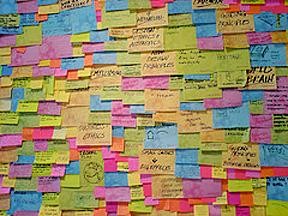
Source: bringitonni.info
The answer is pretty simple – a calendar. Ours hangs in the kitchen and keeps track of anything that affects the household – appointments, times when one of us will be out of the house (for meetings, lunch dates, business trips, etc.), birthdays, anniversaries, visitors, etc. It means my husband and I can both see upcoming events and plan accordingly.
(I know a lot of people use digital calendars these days, and most of the tips below can be applied there too, but for the purposes of this post, I’m sticking with paper. Keep an eye out for a future post on digital calendars!)
I also colour-coordinate our calendar, which may be a step too far for some people, but I can tell at a glance which one of us is busy at a given time, rather than having to read through an endless list of black ink to try to figure out who’s supposed to be where. My appointments are green; my husband’s are purple; our daughter’s are pink; anything involving just my husband and I (e.g. a wedding invitation, date night, etc.) is blue; all 3 of us is orange; birthdays are red; and, finally, miscellaneous (e.g. someone coming to visit or do work on the house) is black.
(I know, I know. I’m a crazy person. 😛 )
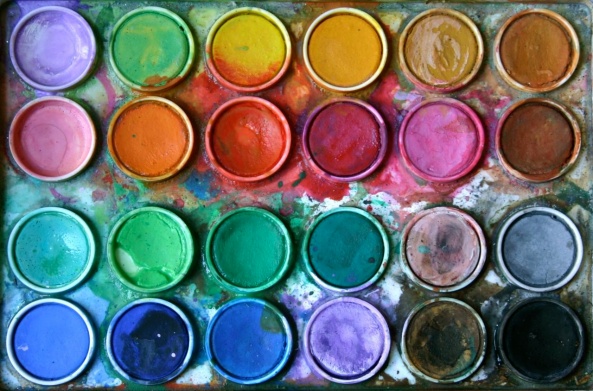
Source: annwood on Flickr – paintbox 2/09/09
I also use paperclips to attach things directly to the calendar. So, for instance, a wedding will be written directly onto the calendar, but the invitation will also be clipped to the bottom so we can refer to it for directions, accommodation, dress code, etc.
So here are my tips to keep yourself (and others) organised:
1. Any calendar will do – just get it set up.
There are lots of options to choose from, but don’t spend too much time thinking about it. Some people use a fancy white board, some use a calendar customised with photos of their kids, and some (like me) use a store-bought calendar. Anything will suffice. In the beginning, I used to print out Google Calendar pages. If even that presents a problem for you, just grab a piece of paper, write the month at the top, and divide the rest of the page into numbered squares. As long as there’s adequate space for you to write, it’s good enough. It’s that simple.
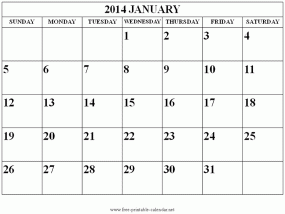
Function first, fun later (see #6).
2. Capture everything relevant.
In the beginning, sit down and write in every appointment you can think of. (If your calendar covers other people, get them involved too.) If it has to be done on a certain date, it goes in the calendar. Pull out appointment cards, invitations, flight details, etc. and get them all down.
Note how I said everything “relevant”. These are for things that have a date attached to them. For instance, you may WANT to get a particular errand done on Friday, but unless it absolutely HAS to be done on Friday, it goes on your ‘to do’ list, not on your calendar.
(BUT you could clip a little reminder to the side of the calendar, as long as it doesn’t start getting cluttered. For example, every January we get our oven cleaned so we can clear out the Christmas gunk. It doesn’t have a specific date, but it will once I call the guy and find out when he’s available. I clip his business card to the bottom corner of the January page.)
If you work the same hours every week, you wouldn’t put that on your calendar. But you would put holidays on it. The calendar is to remind you of things that you or your family might otherwise forget. No-one will forget that you work 9-5 Monday to Friday if you do it every single week. But they might forget that you have the first week in February off. THAT goes on the calendar.
Note: if it’s a family calendar, try to keep it to things that affect everyone. I might have a blog post to publish on a particular day, but my husband doesn’t need to know that, and it doesn’t need to clutter up the family calendar. Have a separate, personal diary for things like that.
3. Keep it clean.

Keeping a calendar is supposed to detract from your stress, not add to it. If it’s indecipherable, it’s not serving its purpose. Keep only relevant information on it (see #2 above), and keep it as neat and tidy as your handwriting will allow. Leave some space between each item so you can tell at a glance how many things you’ve got going on that day.
4. Consider colour-coding.
Also great for at-a-glance ease. You could use different colour pens, or different colour highlighters, or even stickers.
Either use different colours for different people or, alternatively, use one colour for appointments, one colour for work-related projects and deadlines, one for birthdays, one for parties, etc.
Try to keep it simple. Until you get used to it, keep a note of what each colour means right on your calendar.
5. Keep it updated.
There’s no point having a calendar if it doesn’t contain all your important times and dates. As soon as something arises, put it on the calendar. If it’s something you don’t have time to insert immediately, clip the letter/invitation/whatever to the calendar and mark the date with a star. That way you’ll still know at a glance that you have a commitment that day, and you can sit down when you have time and write in the details.
If you live with others, get them used to doing the same. If it’s not on the calendar, it doesn’t happen. They won’t make that mistake twice!
I keep a pen clipped to mine so I can write things in immediately.
6. Make it fun… eventually.
My calendar is a Where’s Wally one (or, if you’re from the States, Where’s Waldo). Each month I look forward to turning the page and having new things to find. It’s silly, but it keeps it fun and interesting. I like using it.
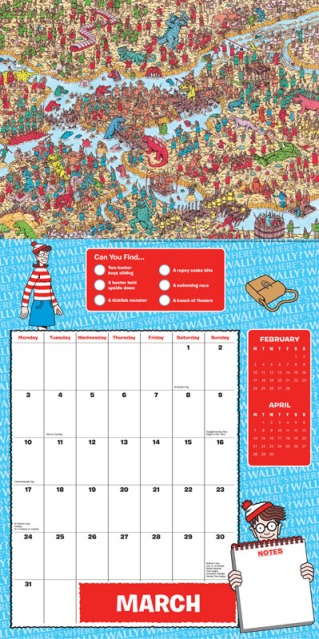
If you’re not used to using a calendar, function is the important thing to begin with, as in #1 above. After that, break out the colours, stickers, Washi tape… whatever makes it more appealing for you.
Just remember not to overwhelm it. You still need to be able to spot things at a glance. That’s difficult if you’ve got the page cluttered with cute kitten stickers.
6. Put it somewhere visible.
What’s the point in having a calendar if you can’t see it? If you have to go look for it, you’ll never use it. Hang it in a place where everyone passes regularly. Ours is in the kitchen near the fridge. How many times do we go to the fridge each day? Several. There’s no excuse for not knowing what’s coming up.
7. Break the rules!
If colour-coding isn’t your thing, don’t do it. If you prefer to note things in hieroglyphics, do that! The important thing is to do whatever works for you. Once you’ve got all the information down, the ‘hows’ don’t really matter.
Once you’ve got a calendar up and running, you’ll never miss an appointment again. You’ll feel more in control, less stressed, and you’ll save yourself a lot of time. (“What time was that appointment again? I better ring and double check.” “I know I put that invitation somewhere… Now where is it?”)
PLUS, seeing things on your calendar will prompt you to get other stuff done too. When you see that birthday party invitation, you’ll know to go out and buy a gift. When you see that your kid has soccer practice this week, you’ll know to throw the sports kit in the washing machine. When you see that you’ve got a particularly busy week, you’ll know to get the grocery shopping done in advance so you’re not living on takeaways… or starving.
Take a few minutes (or hours, if needs be) to set up a calendar, and a few seconds a day to keep it updated, and the benefits will be far-reaching.

